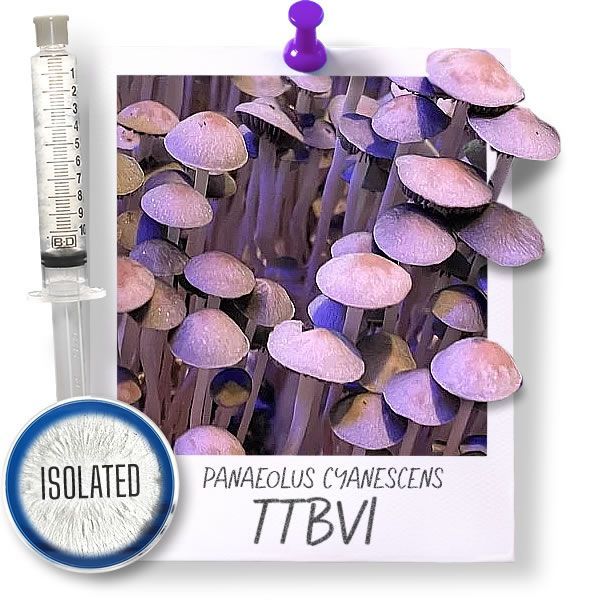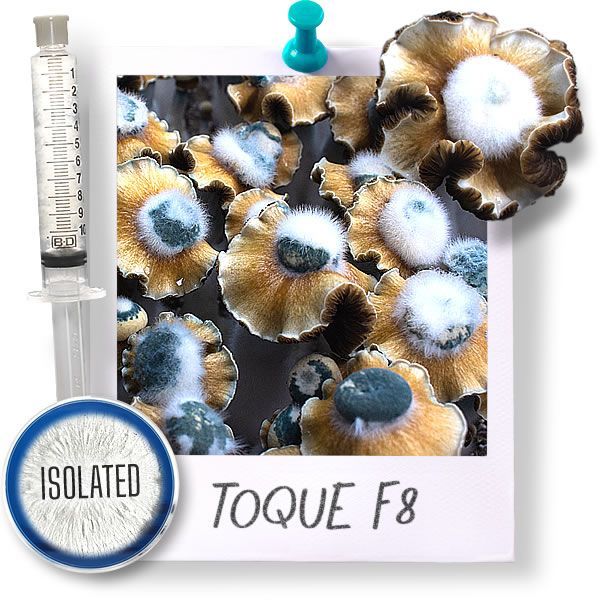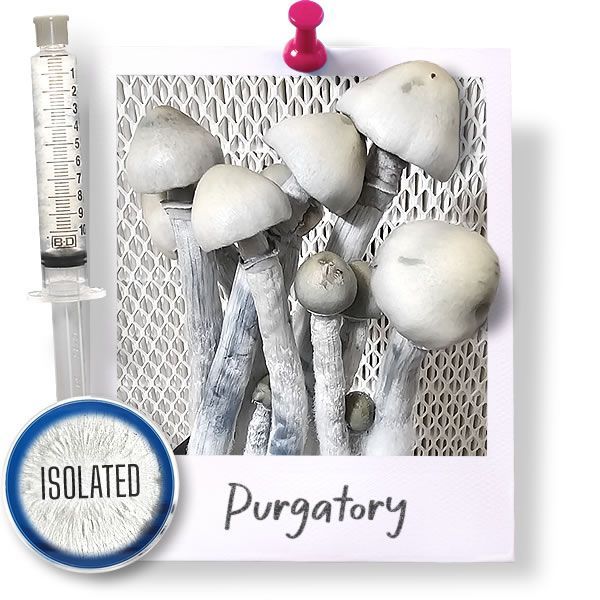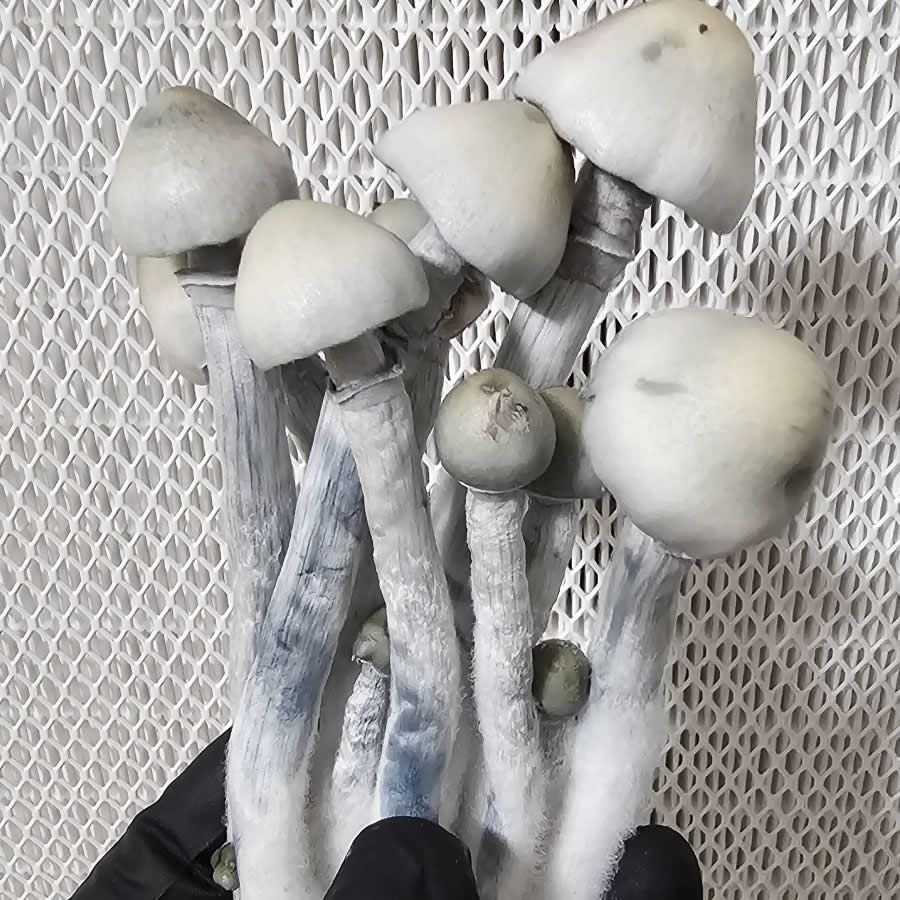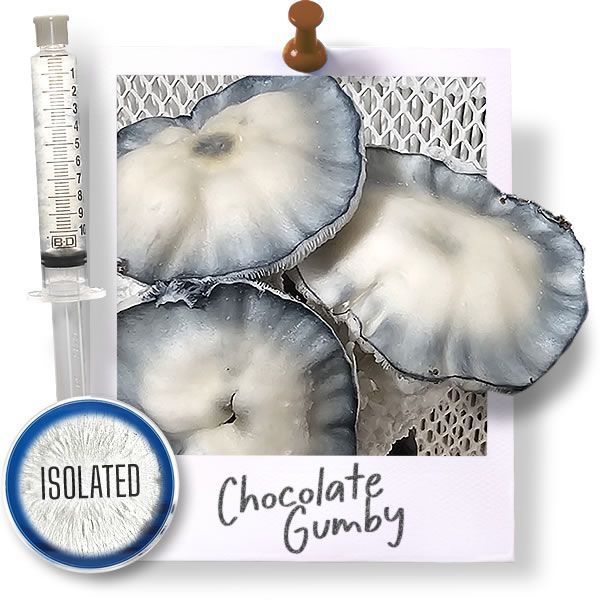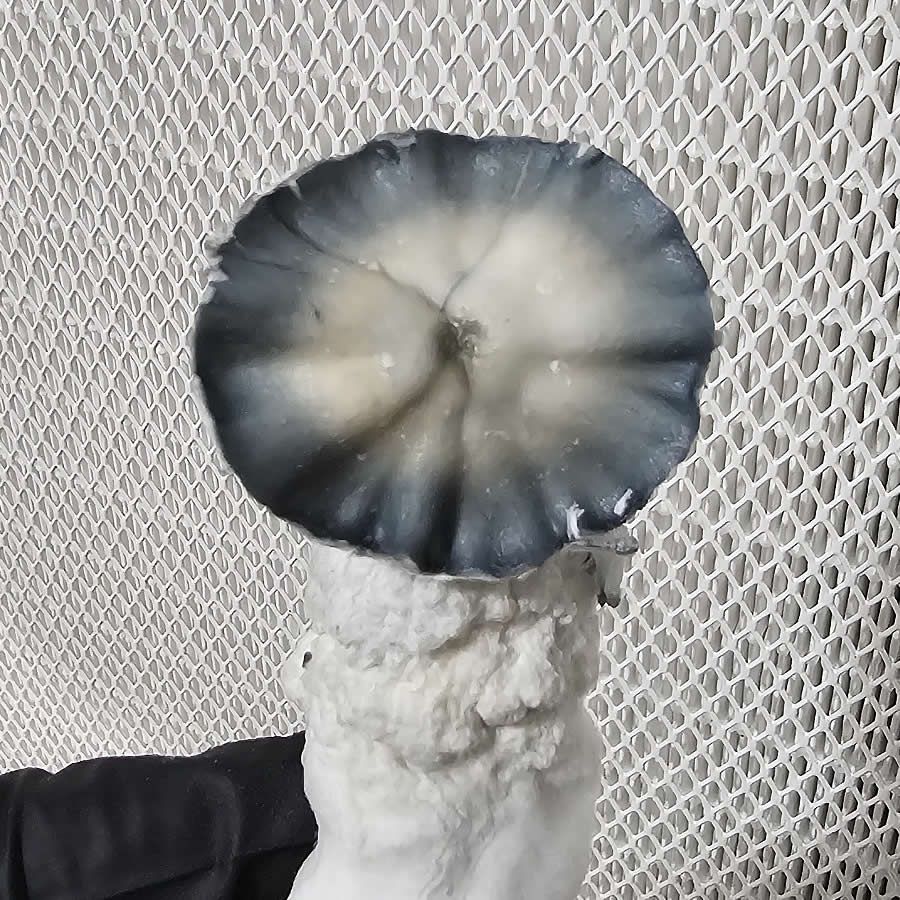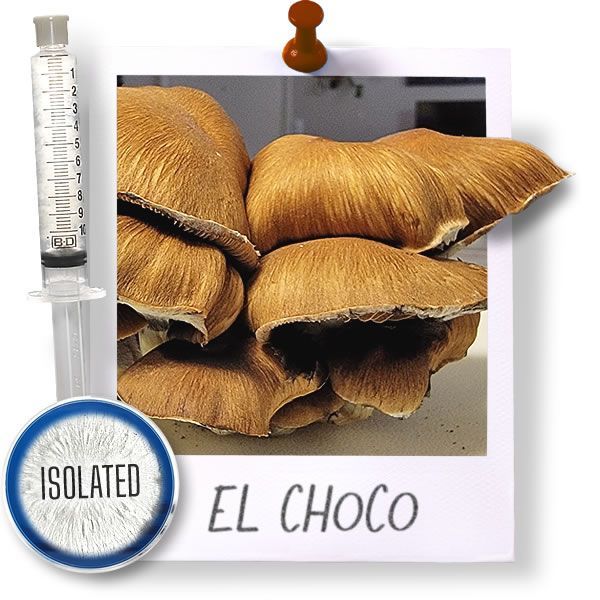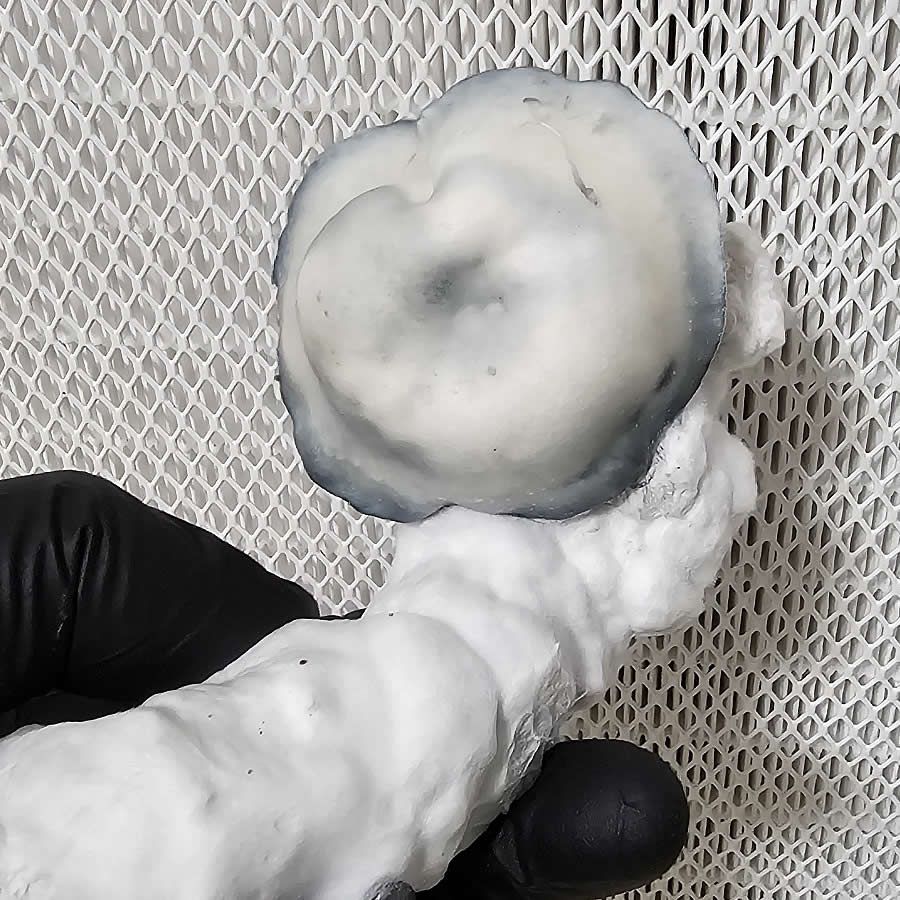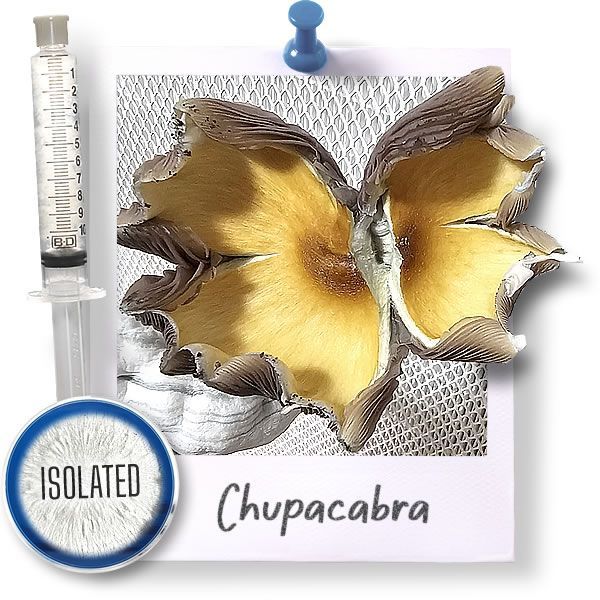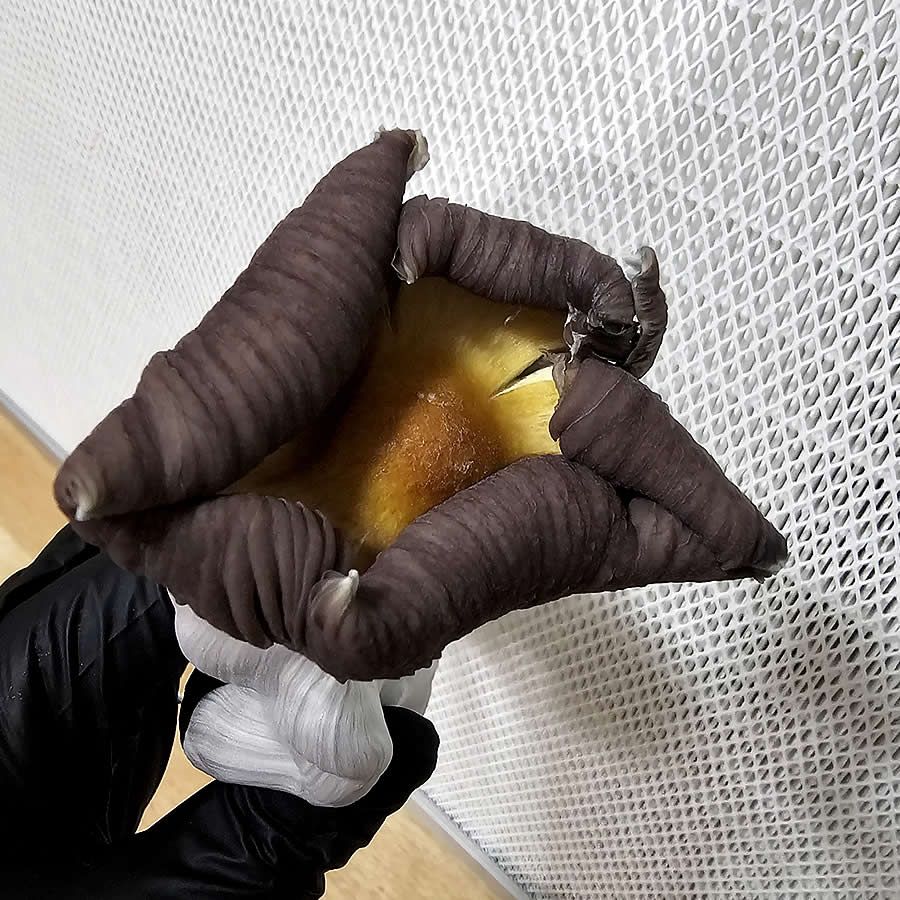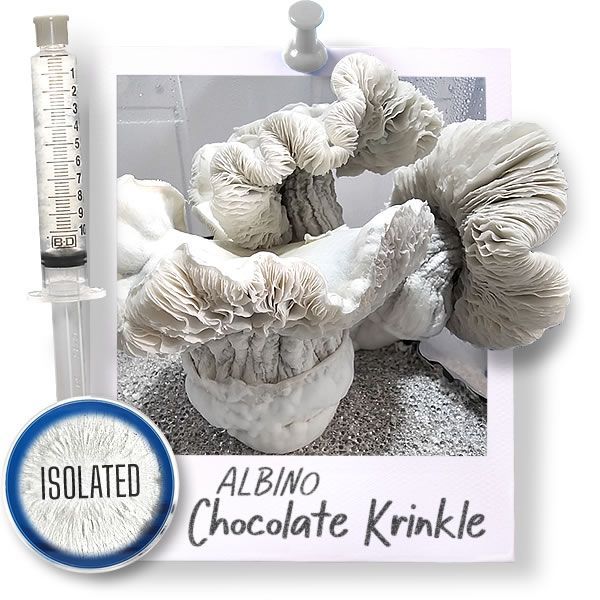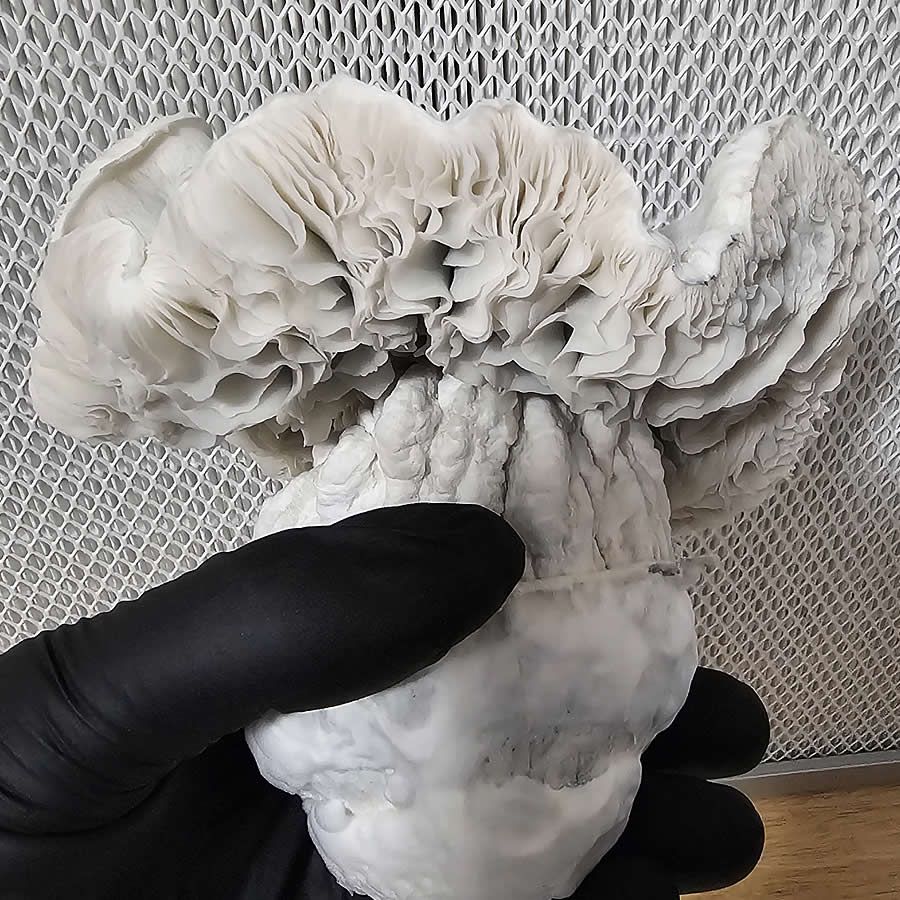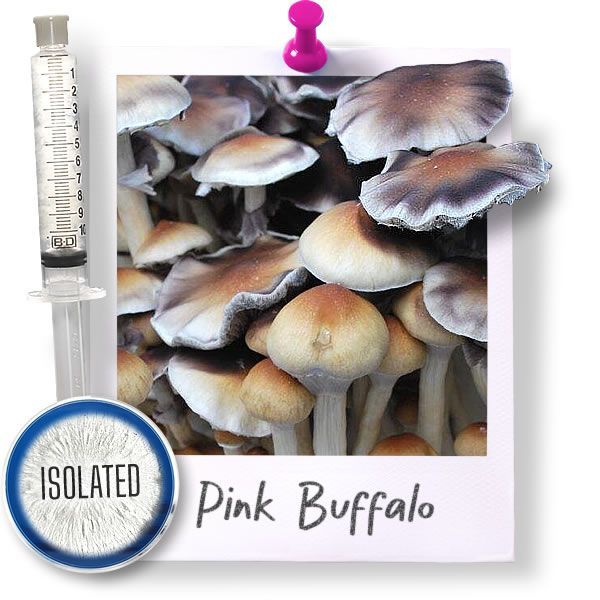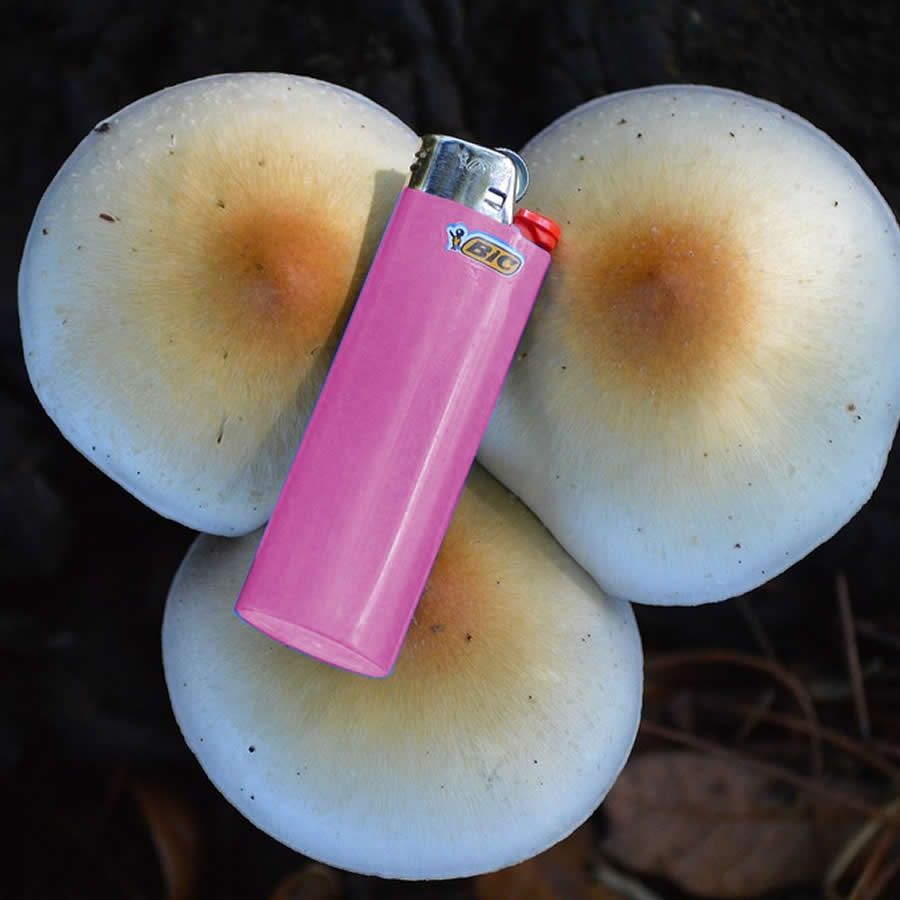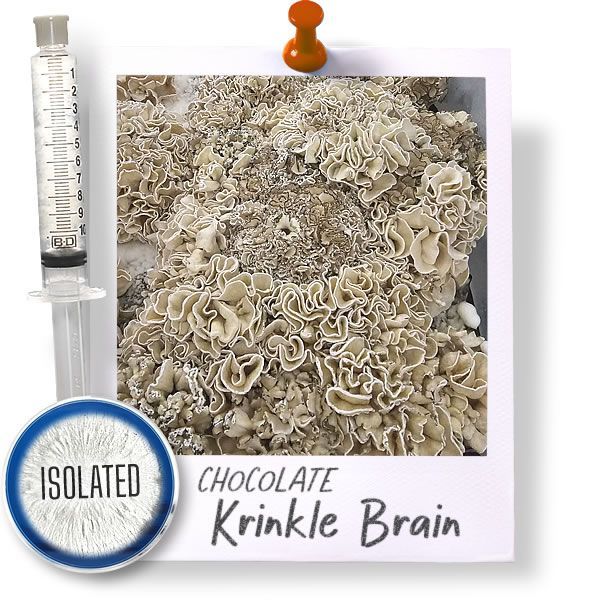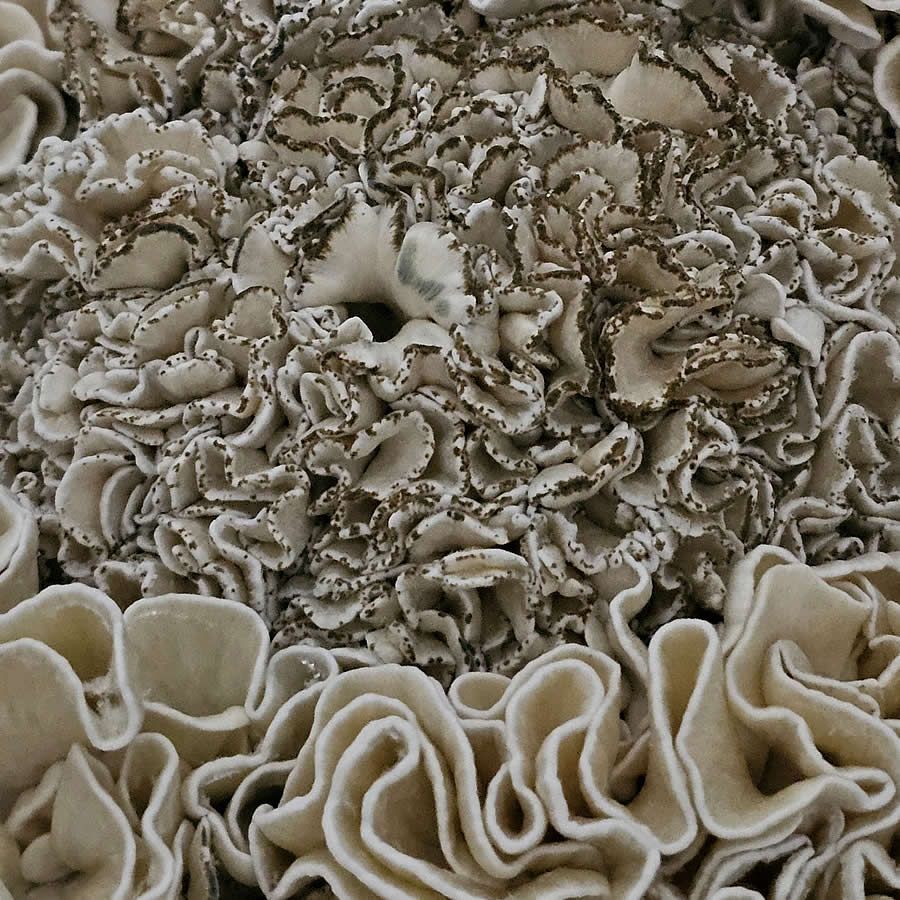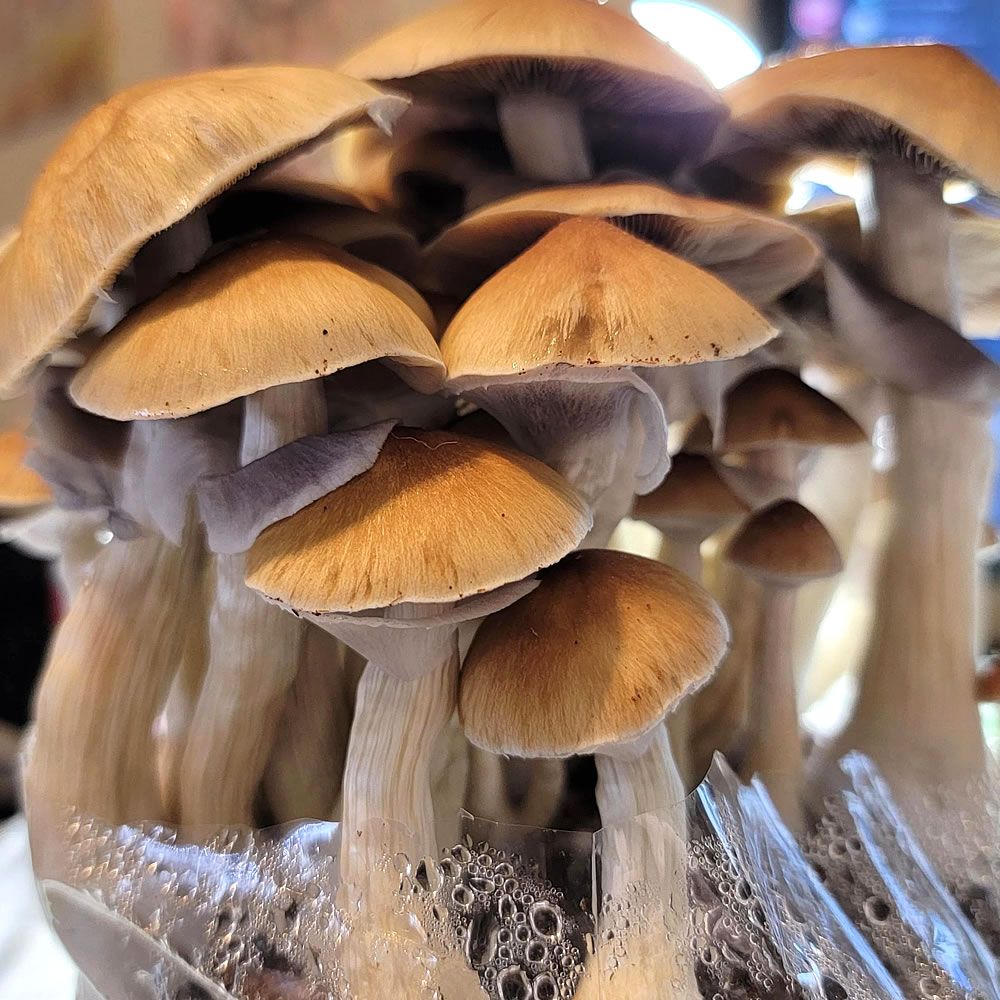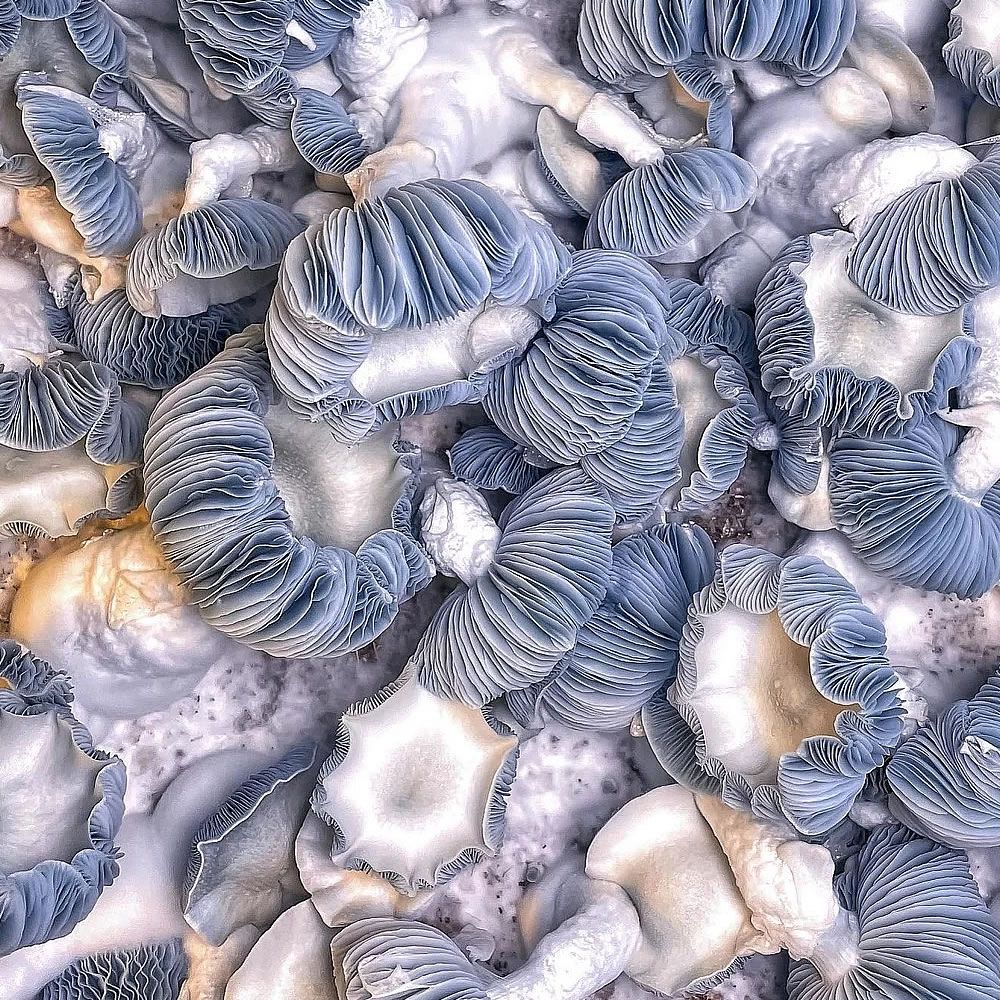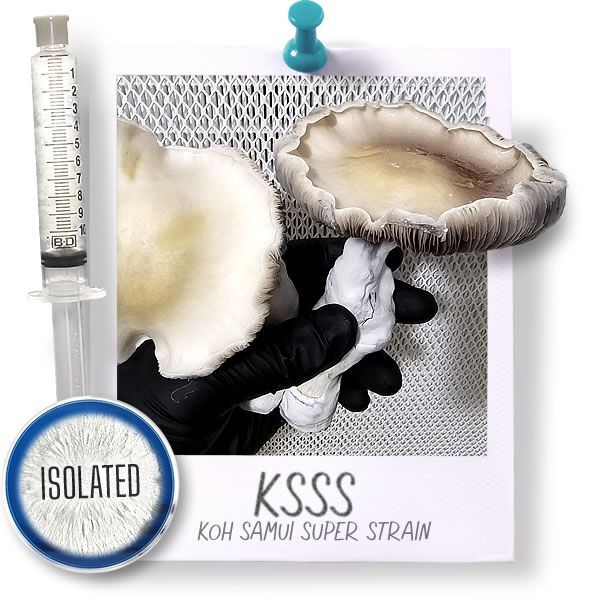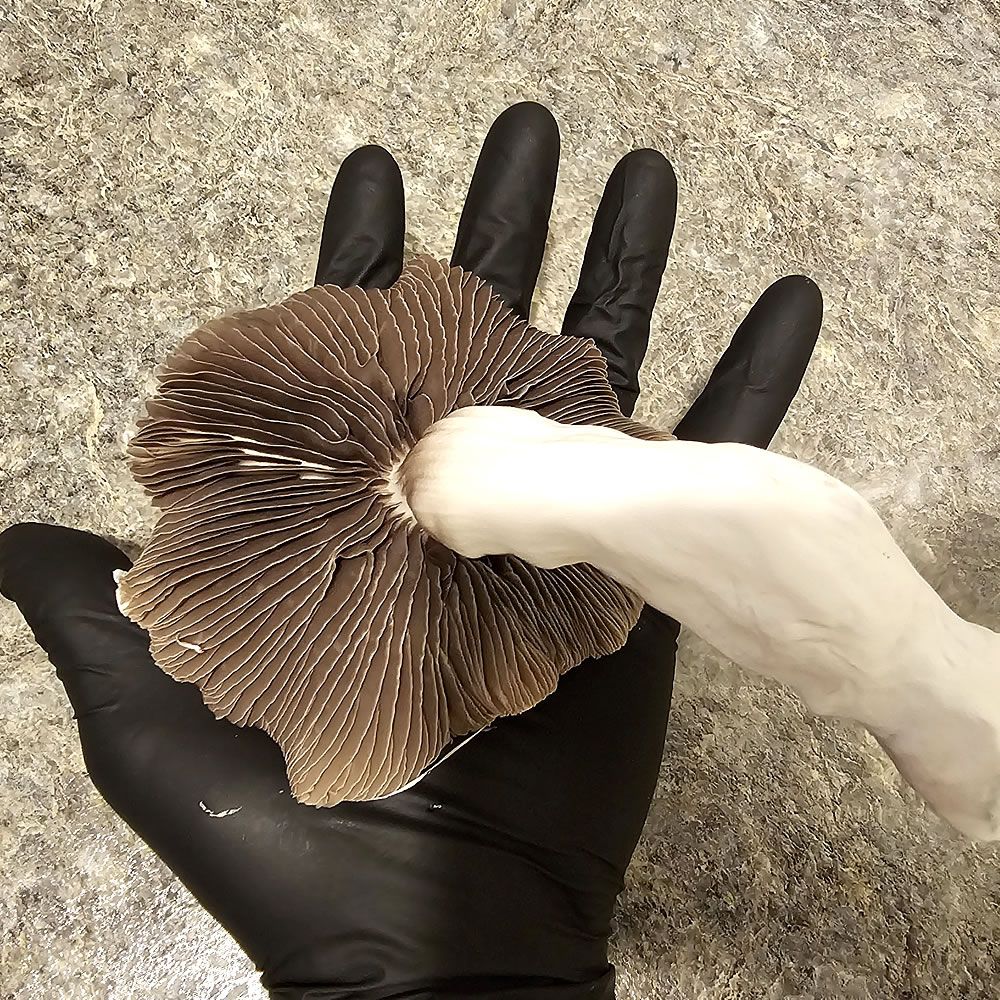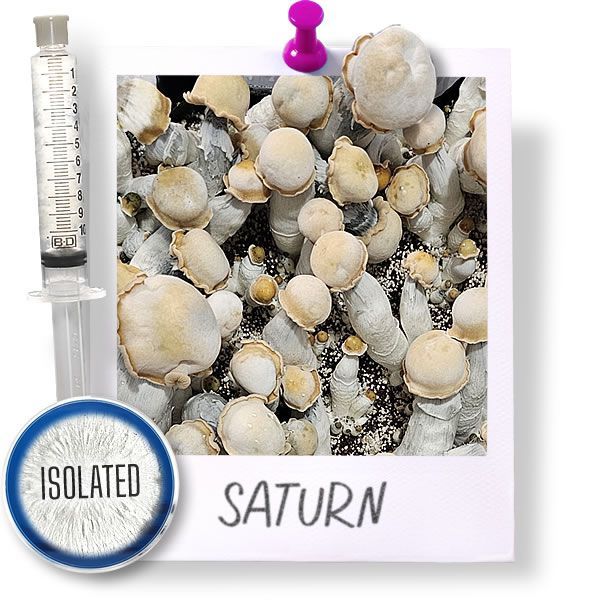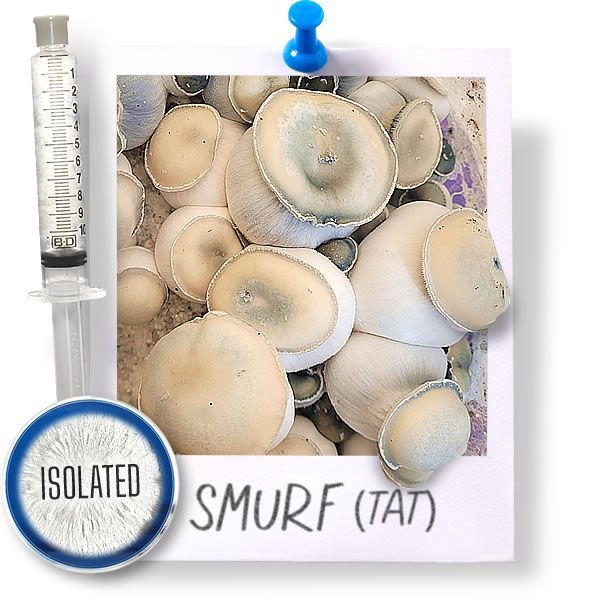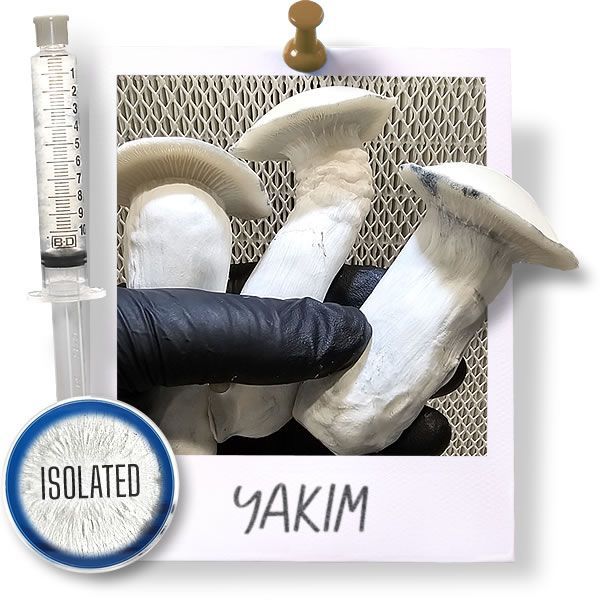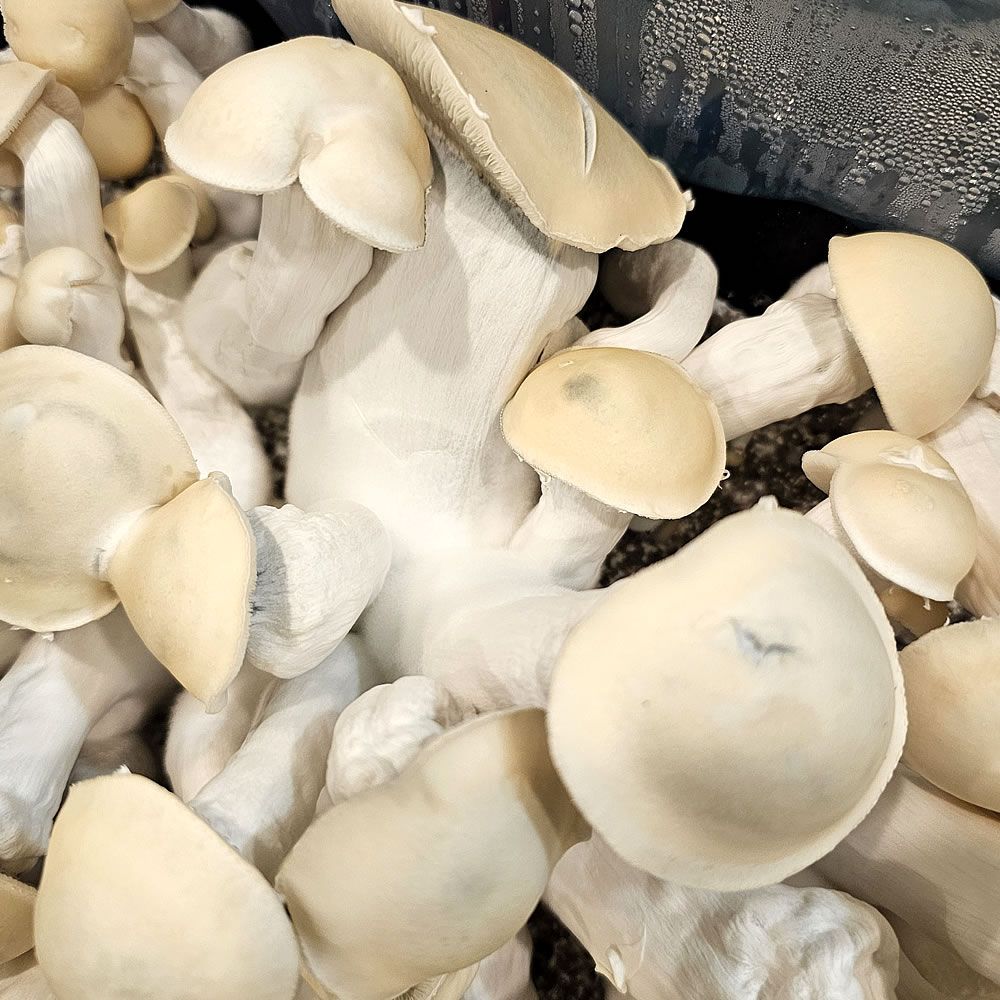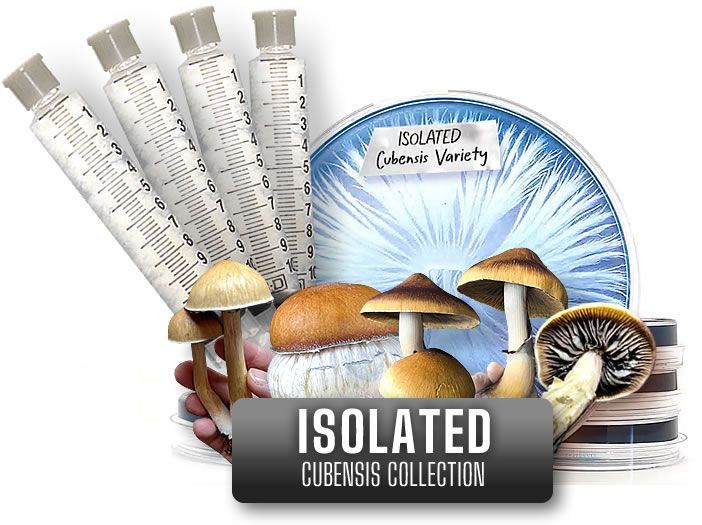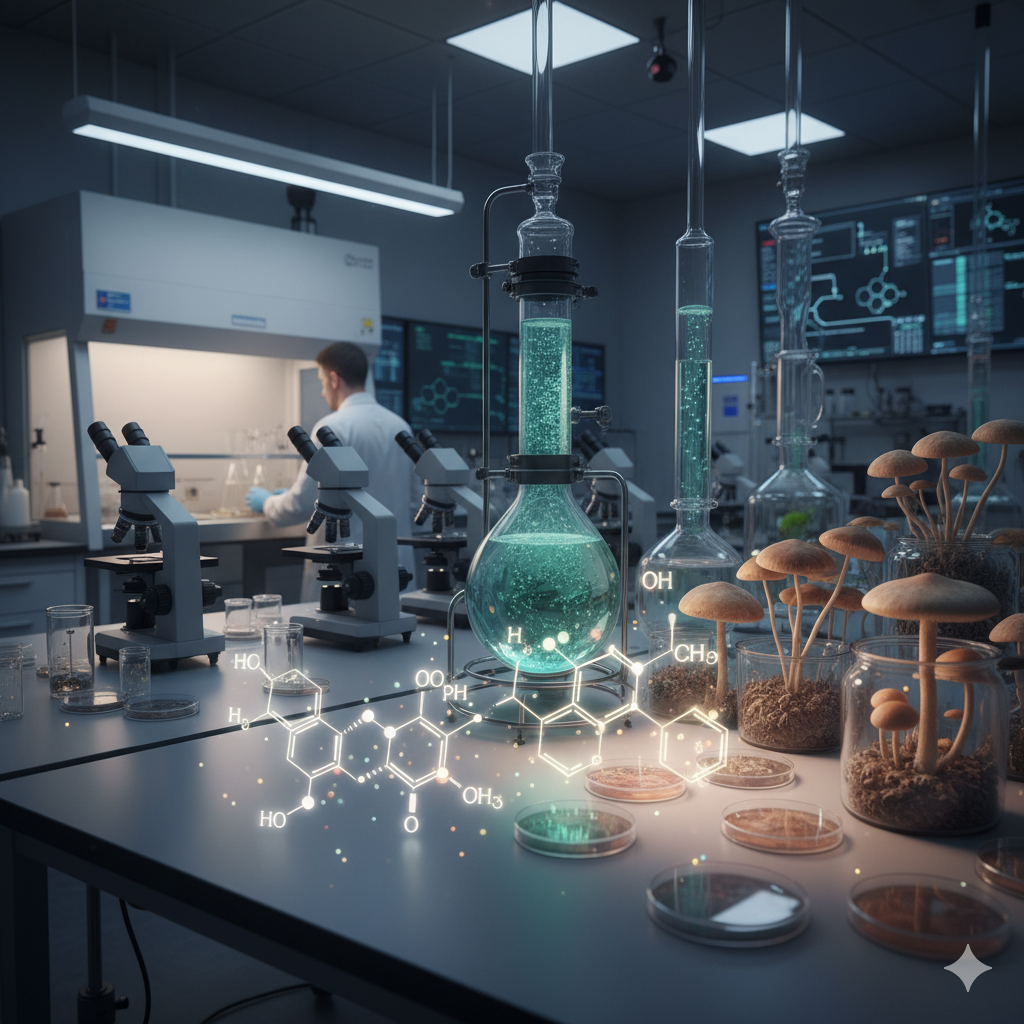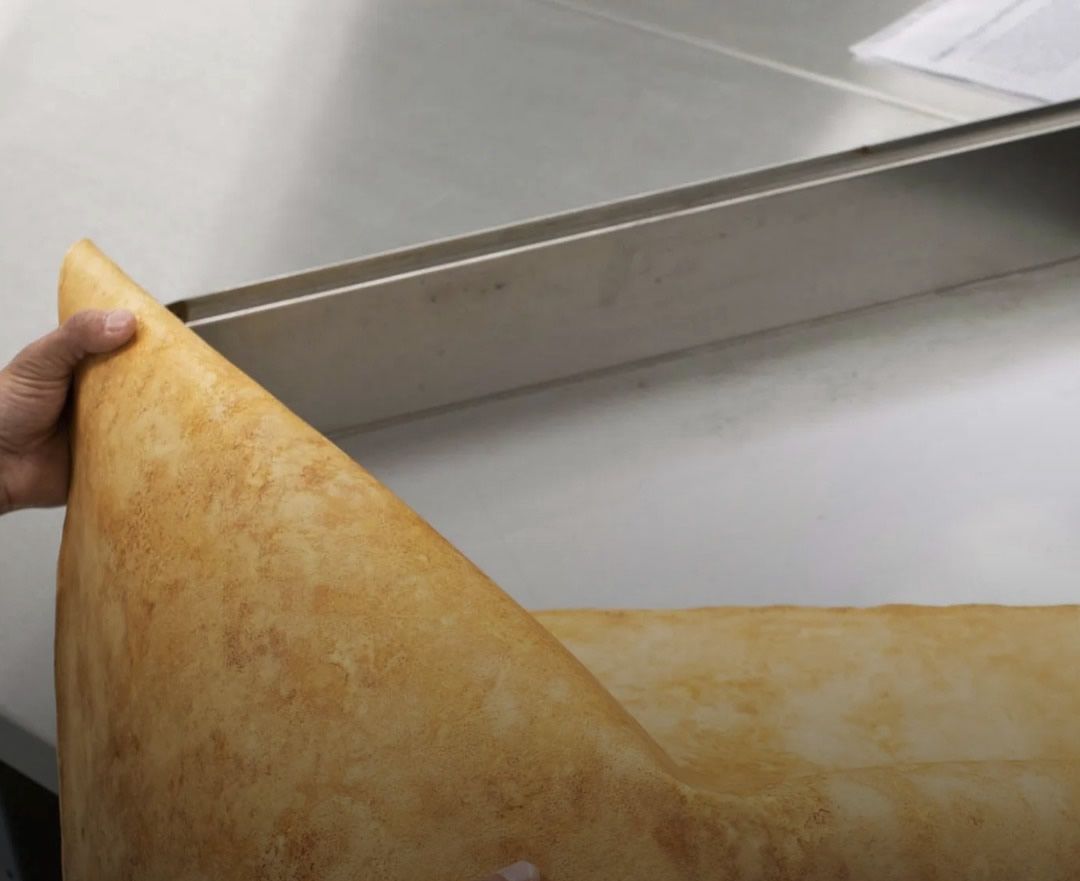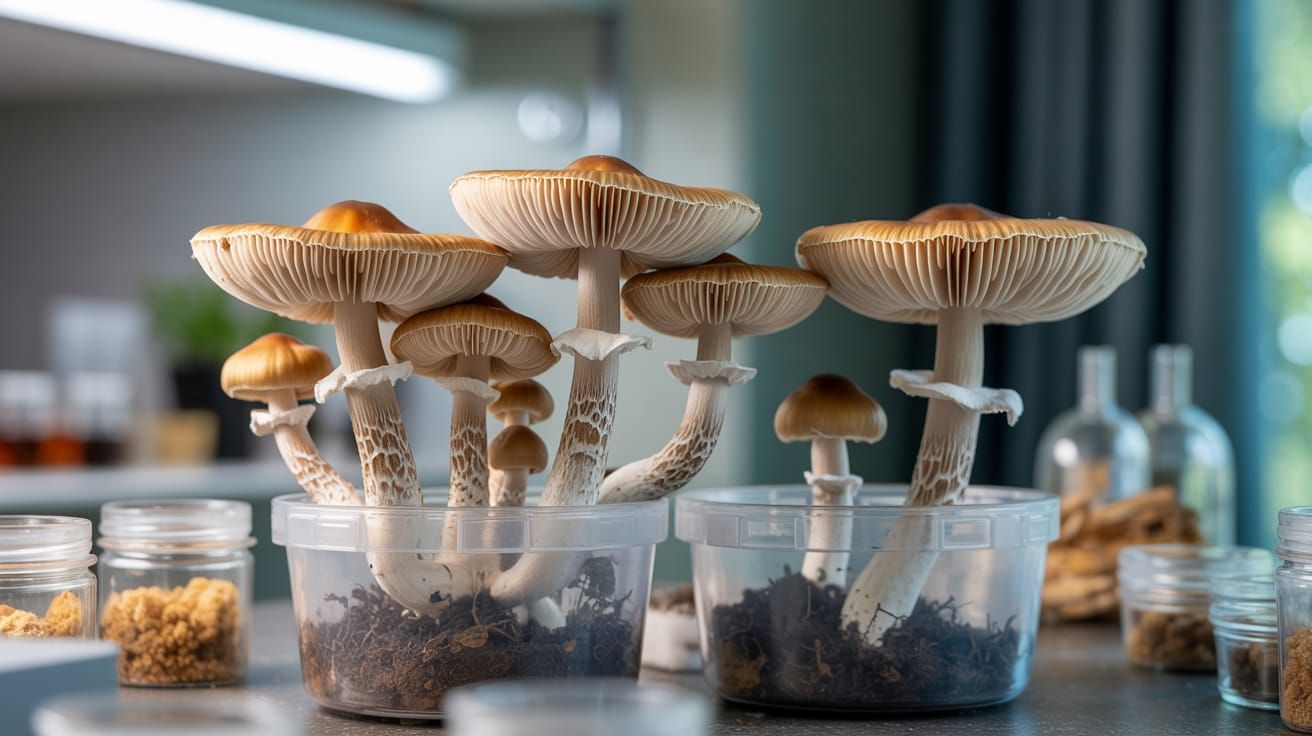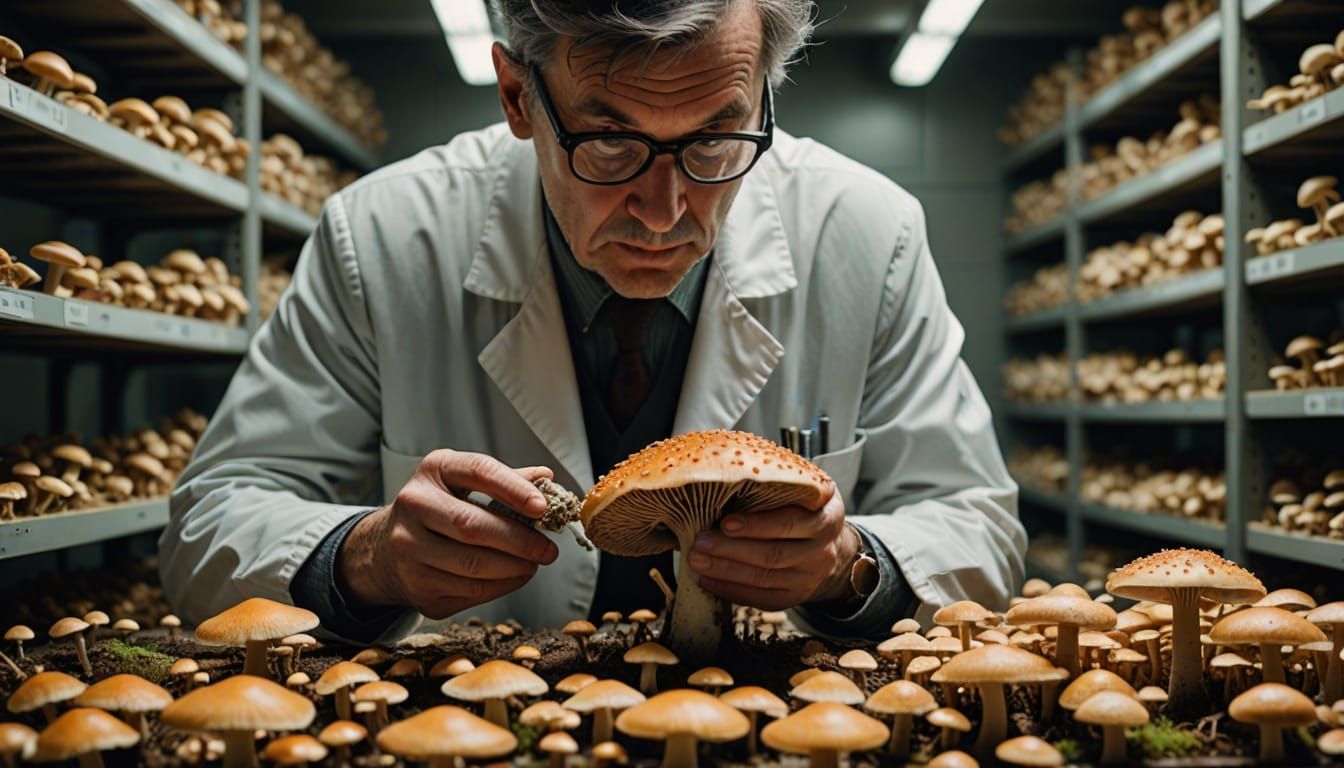The Fascinating World of Albino & Leucistic Psilocybe cubensis
Albino vs. Leucistic: What’s the Difference?
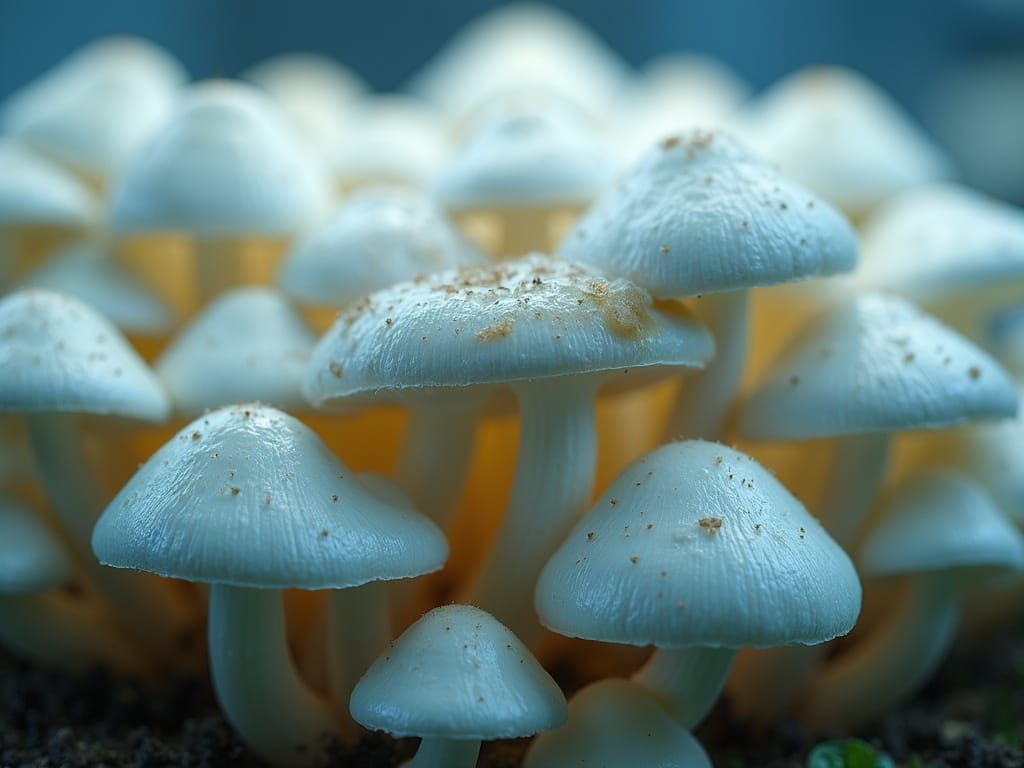
Albino and leucistic varieties of Psilocybe cubensis have long intrigued both mycologists and psychedelic enthusiasts. Their ghostly appearance is not just visually striking — it also raises interesting questions about genetic traits, pigmentation, and especially their spores. In this article, we break down the real difference between leucistic and albino strains, what their spores can tell us, and why this matters for cultivation, microscopy, and scientific curiosity.
1. Albino vs. Leucistic
First, it's important to clarify terms. Many so-called "albino" mushrooms are actually leucistic. Leucism refers to a partial loss of pigmentation, which causes the fruiting body (cap and stem) to appear pale or ghostly white. However, leucistic mushrooms still produce dark spores, typically in the classic purple-brown or black range seen in typical Psilocybe cubensis.
True albino strains, on the other hand, exhibit a complete lack of pigment throughout the organism — including the spores. These mushrooms not only appear bone white but may also produce nearly invisible, clear or translucent spores.
2. Spore Color: A Microscopic Truth
To the casual eye, a white mushroom may look the same whether it's leucistic or albino. But the spores tell a different story.

If a strain produces a dark spore print, it's almost certainly leucistic. If the spore print is faint or absent (yet the fruiting body is healthy), it may be a true albino.
3. Cultivation Considerations
Leucistic strains, such as the popular "Albino A+," are much easier to grow and maintain. They produce healthy spores and abundant fruiting bodies, making them ideal for cultivators interested in both beauty and consistency.
True albino strains, like “Avery’s Albino,” are more finicky. Their lack of pigmentation may affect their ability to eject spores, and collecting a viable spore print can be difficult. This also means propagation often relies on tissue culture or cloning, rather than spore-based reproduction.
4. Why Spore Color Matters
Understanding spore color isn't just a detail for scientists — it's a practical concern for anyone working with mushrooms in microscopy or cultivation.
- Identification: The spore print is a key trait for verifying species and strain authenticity.
- Microscopy: True albino spores, lacking melanin, appear clear or lightly colored under a microscope. This can make observation and study more challenging.
- Genetic Stability: Leucistic lines are typically more stable and productive over generations. True albinos can sometimes revert genetically or have lower yield rates.
5. What This Means for Enthusiasts
For collectors, growers, and researchers alike, the distinction between leucistic and albino mushrooms goes beyond appearance. While leucistic varieties offer ease of cultivation and clear spore prints, true albinos are rare, delicate, and often more desirable for those seeking unique genetics or visual traits.
Although often lumped together under the label “albino,” not all white mushrooms are genetically identical. The key to unlocking their secrets lies in the spores. Whether you're growing for fun, studying for science, or collecting for your own archive, always check the spore print. It may tell you more than meets the eye.




